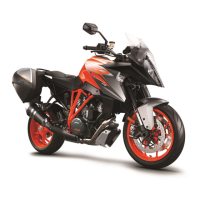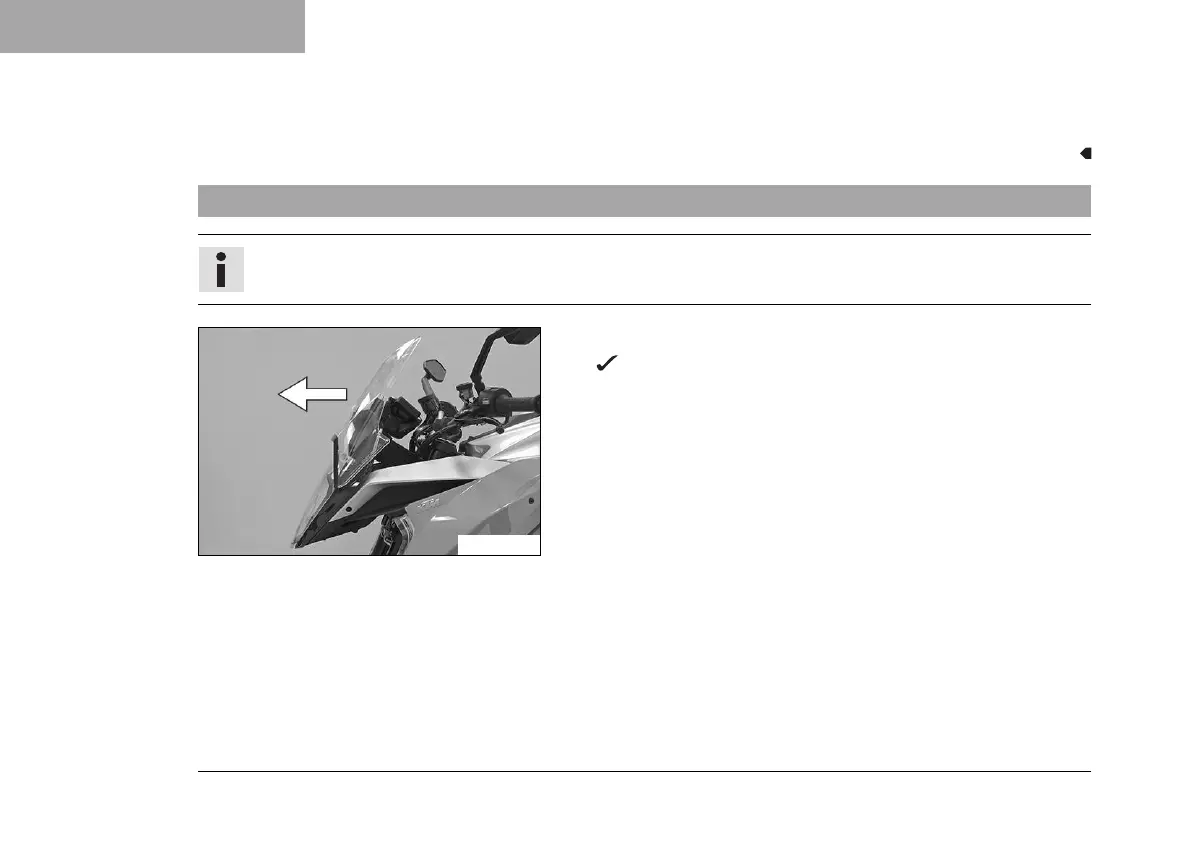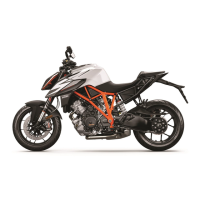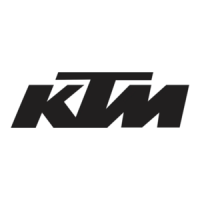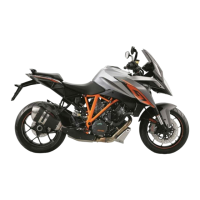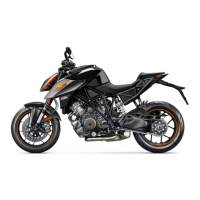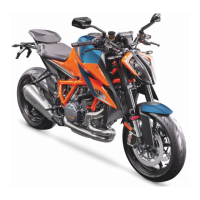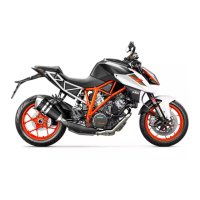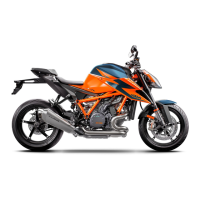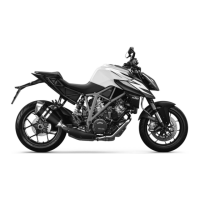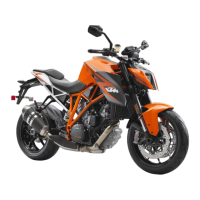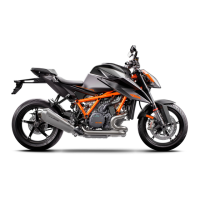What to do if my KTM 1290 Super Duke GT 2018 Motorcycle engine does not crank when pressing the electric starter button?
- RRachel StewartAug 13, 2025
If your KTM motorcycle engine isn't cranking when you press the electric starter, consider these potential causes and solutions: * The emergency OFF switch is off: Press the emergency OFF switch to the ON position. * Operating error: Follow the correct start procedure. * The battery is discharged: Recharge the battery and check the open-circuit current. * The safety start system is faulty: Read out the fault memory using the KTM diagnostics tool. * CAN bus communication error: Read out the fault memory using the KTM diagnostics tool. * Fault in the engine electronics control unit: Read out the fault memory using the KTM diagnostics tool. * Fault in the MCU control unit: Read out the fault memory using the KTM diagnostics tool.
